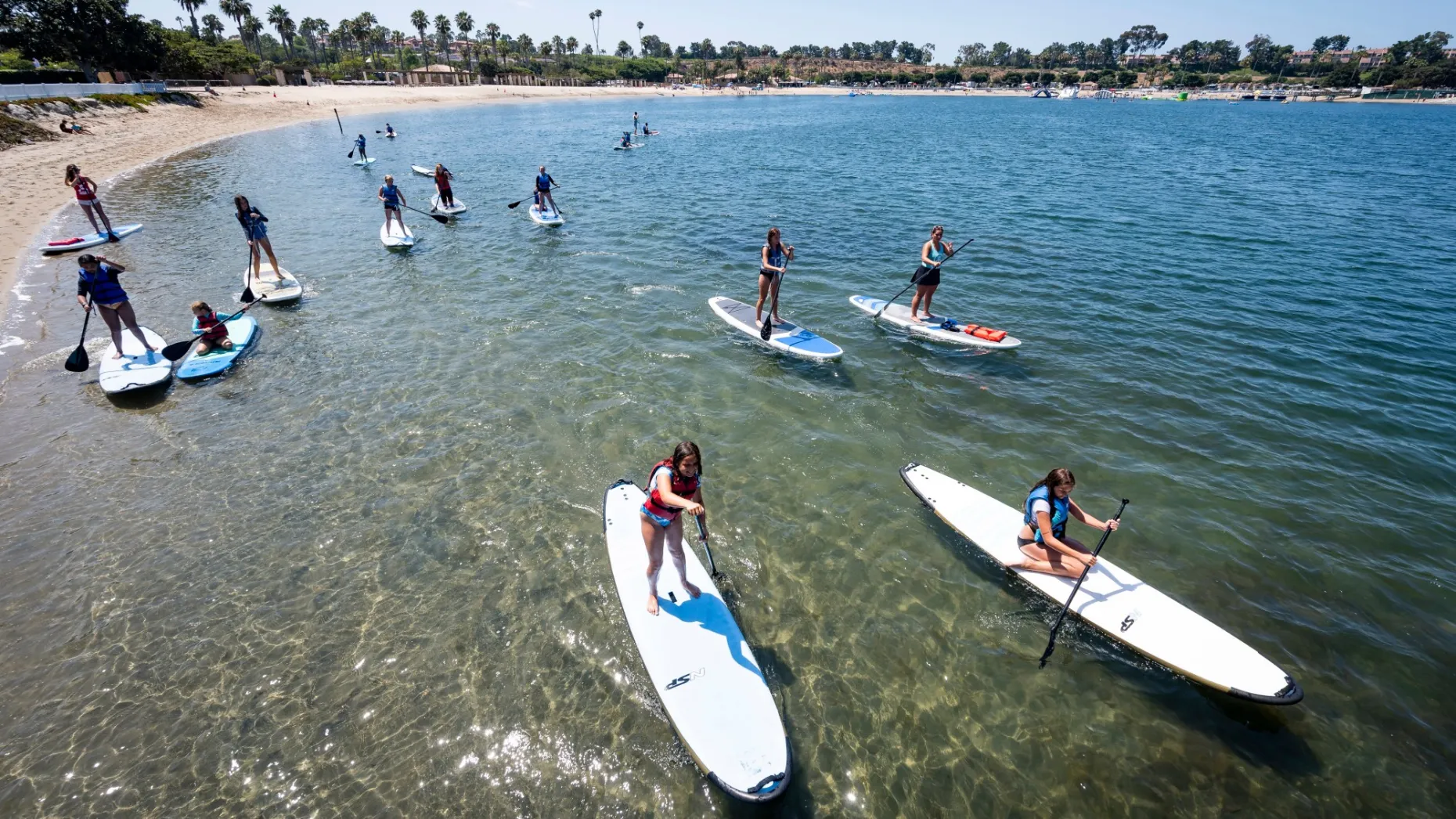As public pools, beaches, and water parks grow in popularity, the need for skilled and well-trained lifeguards has never been greater. According to recent trends and reports, lifeguard training programs are gaining traction due to increased focus on water safety, extreme weather events, and rising participation in aquatic activities. Whether you're looking to become a lifeguard or simply want to understand what it takes, proper lifeguard training is essential.
1. Why Lifeguard Training Matters in 2025
The role of a lifeguard is more complex than simply keeping watch. Lifeguards are first responders trained to prevent, recognize, and respond to aquatic emergencies. With rising cases of heatwaves and increased pool use, the demand for lifeguards is peaking in many regions.
According to Google Trends, interest in lifeguard certification and training spikes during summer months, but the need for training is now recognized as a year-round priority—especially in coastal areas, recreation centers, and resorts.
2. Core Components of Lifeguard Training
Lifeguard training programs typically include the following components:
🏊 Water Rescue Techniques
Trainees learn to identify signs of distress, execute surface dives, and use rescue equipment such as buoys and rescue tubes to bring swimmers to safety.
💉 First Aid & CPR
Cardiopulmonary resuscitation (CPR) and basic first aid are vital parts of any training. Lifeguards must know how to treat cuts, handle spinal injuries, and respond to cardiac or respiratory emergencies.
🚨 Emergency Response Planning
Effective lifeguard training includes scenario-based emergency simulations. These help lifeguards build the skills needed to manage crowd control, communicate with EMS, and evacuate areas when needed.
🔁 Surveillance Techniques
Scanning water bodies effectively, identifying risky behaviors, and staying alert for long hours are emphasized through various visual training exercises and practical drills.
🤝 Communication & Leadership
Lifeguards must be able to give clear instructions, work with a team, and sometimes take the lead during emergencies. Training often includes modules on conflict resolution and effective communication.
3. Physical Requirements and Fitness Training
Lifeguarding is physically demanding. Most programs require candidates to:
-
Swim 300–500 meters continuously
-
Retrieve a 10-pound object from 7–10 feet underwater
-
Tread water without hands for 2 minutes
These exercises are designed to ensure that lifeguards are strong, agile, and ready to respond instantly.
4. Updated Guidelines Based on Latest Trends
As of 2025, lifeguard training institutions have started integrating modern technologies and techniques such as:
-
Virtual Reality (VR) simulations for real-time emergency response practice
-
Diversity & inclusion modules to address the needs of various swimmer demographics
-
Climate awareness training for dealing with weather-related water safety hazards
These updates are being driven by feedback from national water safety agencies and are frequently cited in media outlets covering lifeguard shortages and drownings.
5. Legal and Ethical Responsibilities of Lifeguards
Lifeguards are held to a legal duty of care. Failing to act appropriately or timely during emergencies can have serious legal consequences. Training includes:
-
Understanding liability issues
-
Knowing the boundaries of lifeguard authority
-
Documenting incidents correctly
Ethical responsibilities are also emphasized—lifeguards are expected to act without bias, remain professional under pressure, and maintain high standards of conduct.
6. Lifeguard Certification and Recertification
Upon successful completion of training, candidates receive lifeguard certification. This is typically valid for two years and must be renewed through recertification courses, which cover any updated protocols and refresh essential skills.
Recertification is critical to maintaining competence and keeping up with new guidelines and medical practices. It's also a growing trend, especially among returning seasonal lifeguards.
7. Career and Advancement Opportunities
Lifeguard training can open doors to various career paths including:
-
Head Lifeguard or Aquatic Supervisor
-
Water Safety Instructor
-
EMS or Fire Rescue Professional
-
Recreation Manager
Many employers also prefer certified lifeguards for roles in hospitality, youth camps, and fitness facilities due to their safety expertise and leadership training.
8. Tips for Choosing a Lifeguard Training Program
To ensure you’re enrolling in a legitimate and effective training program, consider the following:
-
Accreditation: Make sure the program follows national or regional safety standards.
-
Curriculum Depth: It should include CPR, AED, first aid, water rescue, and emergency planning.
-
Trainer Credentials: Look for experienced instructors with field backgrounds.
-
Hands-On Practice: Realistic simulations and rescue drills should be included.
-
Flexibility: Choose a course schedule that fits your availability, especially if you're balancing school or work.
Conclusion
Lifeguard training is more than just a course—it's a commitment to safety, responsibility, and community service. As public demand grows and aquatic environments become more unpredictable, professionally trained lifeguards will remain essential. Whether you’re looking to earn a certification or sharpen your lifesaving skills, now is the time to act. Start your journey with the right knowledge, preparation, and mindset to make a real difference.



